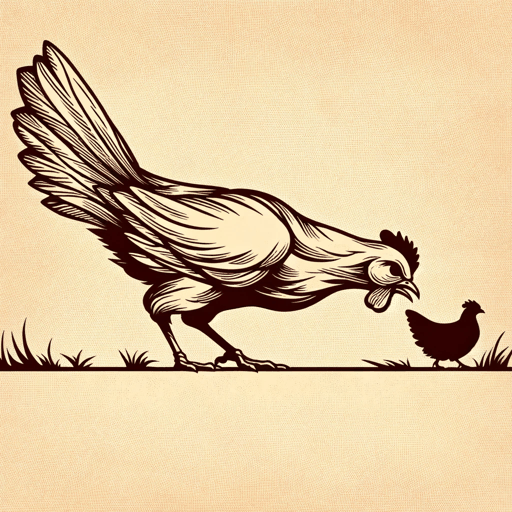16 pages • 32 minutes read
Margaret AtwoodThe Landlady
Fiction | Poem | Adult | Published in 1968A modern alternative to SparkNotes and CliffsNotes, SuperSummary offers high-quality Study Guides with detailed chapter summaries and analysis of major themes, characters, and more.
Poem Analysis
Analysis: “The Landlady”
The poem begins with a single line stanza stating, “This is the lair of the landlady” (Line 1). The statement sets the tone for the poem, as it paints the landlady as a villain by using the word “lair,” which has negative connotations, e.g., a dragon’s lair, and positions the reader directly in the landlady’s path to make the reader feel trapped by her the way the speaker does. In the second stanza, the landlady becomes a disembodied, “raw voice” (Line 3). In Line 4 the landlady is “loose in the rooms beneath me,” evoking the image of an animal with unfettered access. In Stanza 3, the reader is directed back to the voice of the landlady and the urgency of situation is diminished momentarily as, instead of a dragon, the chatter of the voice is now akin to “henyard / squabble” (Lines 5-6), and instead of an animal roaming through the building, the noise is “going on below / thought” (Lines 6-7) as in background noise or something only revealed in the unconscious mind. This brings to mind the chattering of old ladies telling each other the latest gossip. By the last line in Stanza 3, the landlady is merely “the bicker of blood through the head,” like a headache or the pulsing of blood at the temples, and she becomes an internal threat rather than an external one.
Related Titles
By Margaret Atwood

Alias Grace
Margaret Atwood

Backdrop Addresses Cowboy
Margaret Atwood

Cat's Eye
Margaret Atwood

Death By Landscape
Margaret Atwood

Hag-Seed: William Shakespeare's The Tempest Retold
Margaret Atwood

Happy Endings
Margaret Atwood

Helen of Troy Does Countertop Dancing
Margaret Atwood

Lady Oracle
Margaret Atwood

Life Before Man
Margaret Atwood

MaddAddam
Margaret Atwood

Oryx and Crake
Margaret Atwood

Rape Fantasies
Margaret Atwood

Siren Song
Margaret Atwood

Stone Mattress
Margaret Atwood

Surfacing
Margaret Atwood

The Blind Assassin
Margaret Atwood

The Circle Game
Margaret Atwood

The Edible Woman
Margaret Atwood

The Handmaid's Tale
Margaret Atwood

The Heart Goes Last
Margaret Atwood

